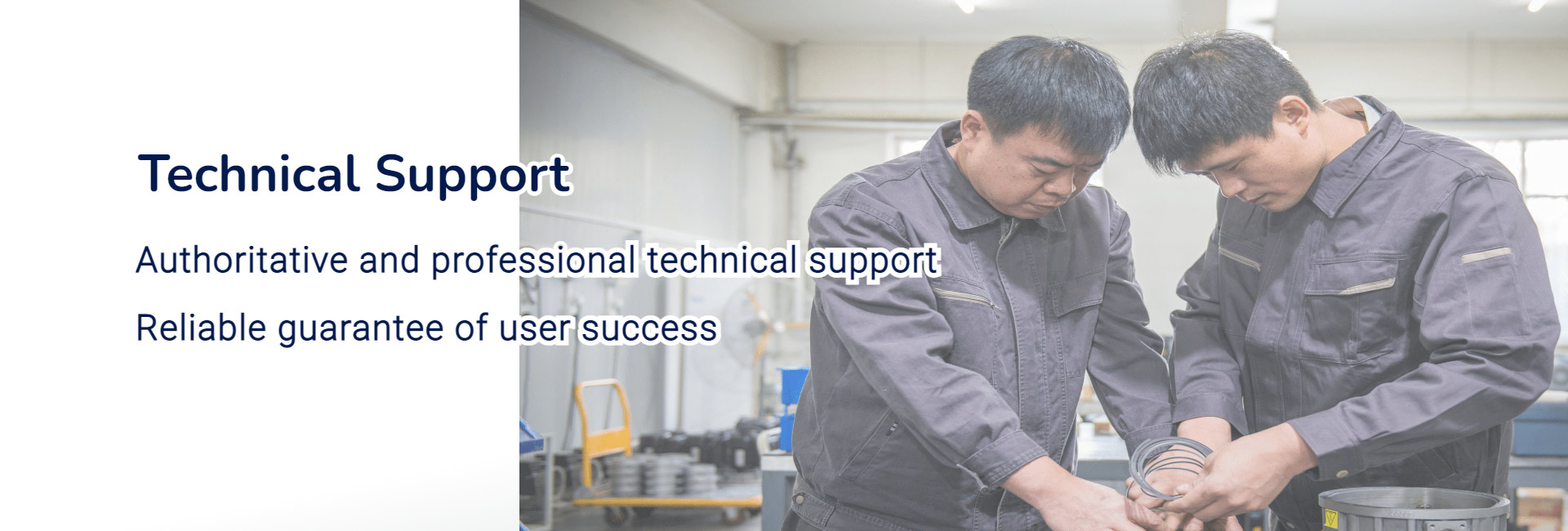Troubleshooting methods for common faults of vacuum pumps
- class:FAQ
- author:
- source:
- Release time:2022-07-29 12:17
- Visits:557
Troubleshooting methods for common faults of vacuum pumps
- 分类:常见问题
- 作者:
- 来源:
- 发布时间:2022-07-29 12:17
- 访问量:557
First, the basic principles of troubleshooting
1. If there is a fault, it should be eliminated in time, and the vacuum pump should not be "sick" to work.
Troubleshooting steps: clarify the performance - analyze the cause - eliminate it.
2. The cause of the failure should be analyzed from various aspects, and strive to make an accurate judgment. And the specific situation should be dealt with on a case-by-case basis, and it should not be rigidly applied.
Then, analysis and troubleshooting of common faults
1. Insufficient pumping volume or reduced vacuum degree
Usually this is due to a leak in the vacuum system. The vacuum system includes vacuum chambers, exhaust pipes, valves and all joints. It is almost impossible to prevent them from leaking completely. It mainly depends on timely detection and correct solutions.
The temperature of the working gas has a great influence on the pumping volume and the degree of vacuum. If the temperature of the working gas is too high, an intake cooling device should be added to reduce the temperature of the working gas.
2. The bearing is overheated, exceeding the normal operating temperature range of the bearing
The pump shaft and motor shaft are not concentric, and the pump shaft is bent and deformed, which will also cause the bearing to overheat.
3. The vacuum pump is difficult to start, the motor is overloaded, and the motor current exceeds its allowable value
The bending deformation of the pump shaft, the actual operating parameters exceeding the design parameters of the pump (such as ultra-large flow operation), and the friction generated by the rotating parts are all reasons for the overload operation of the motor. Checking and correcting the pump shaft, using valve control to make the operating parameters within the allowable parameter range of the pump, or disassembling the pump body to remove friction are also the key to solving the problem.
4. There is abnormal vibration and sound when the vacuum pump is running
It is usually caused by the poor alignment of the pump shaft and the motor shaft, the bending deformation of the pump shaft, and the friction generated by the rotating parts of the pump.
5. The vacuum pump is seriously worn and has a low lifespan
During the working process of the vacuum equipment, the vacuum pump not only draws out the air in the raw material, but also some moisture and dust particles. If dust particles are sucked into the vacuum pump, it will accelerate the wear of the vacuum pump and shorten the service life of the pump.
Generally, we should add a dust removal tank (or filter) between the vacuum chamber and the vacuum pump to filter out impurities in the gas, purify the gas entering the vacuum pump, ensure the normal operation of the vacuum pump and prolong its service life.
About Geowell
Products
Solution
News
Contact
Add: No. 99A-18, Chuangxin 1st Road, Hunnan District, Shenyang, China 110169
Tel:+86-24-83685362
Mob:+86-13644904879
Fax:+86-24-23783066
Email: export@geowell.com.cn




